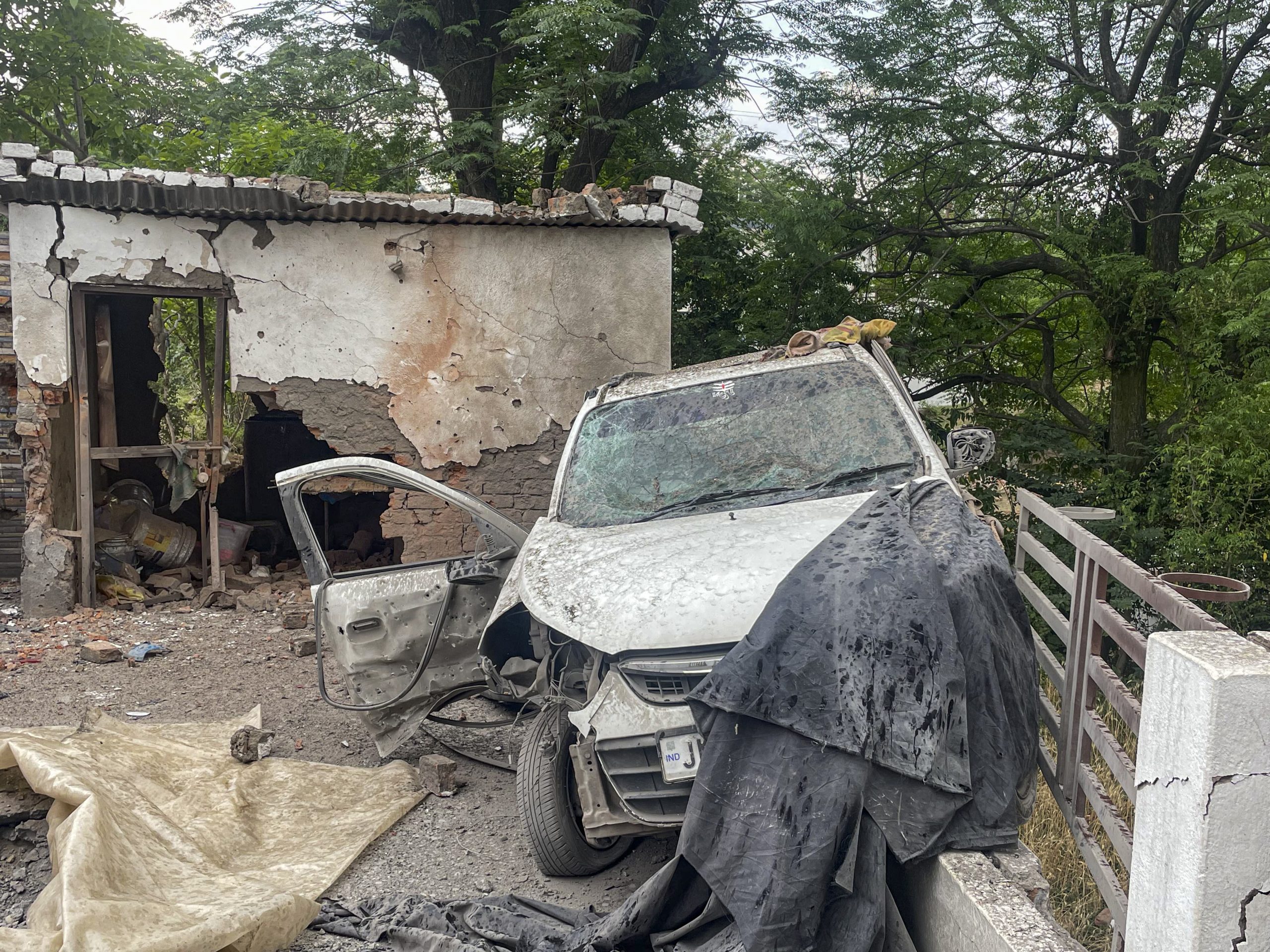UK-Made Missiles For Indian Army: $468 Million High-Impact Air Defence Deal Inked With Thales Group

UK Prime Minister Keir Starmer’s recent India visit seems to have had some long-lasting impact, especially on the defence ties between the two economies. In a major defence deal post Operation Sindoor, the Indian Army has signed a landmark agreement with UK-based Thales Group to boost to its short-range air defence and counter-drone capabilities.
The Army has entered into a deal to procure the Lightweight Modular Missile (LMM) system. The deal, concluded just days after British PM Starmer’s visit to India, signals growing defence-industrial cooperation between New Delhi and London. Just last week, India and the UK signed a $468 million deal for the supply of UK-made Martlet missiles to India.
India-UK missile deal: How significant is the pact?
The LMM acquisition aims to strengthen India’s very short-range air defence (VSHORAD) layer, provide rapid-response anti-drone and anti-air capabilities, upgrade infantry and high-altitude deployment readiness, complement existing Indian air defence systems. The government stated that the agreement supports both current and future operational requirements while promoting long-term collaboration on complex weapon systems with the UK.
Thales will manufacture both the missiles and launchers in Belfast, Northern Ireland, before delivering them to the Indian Army. While production is UK-based for now, both governments have hinted at deeper cooperation, including potential future joint development and manufacturing in India under the ‘Atmanirbhar Bharat’ framework.
How does this align with India-UK defence diplomacy?
The deal follows a series of bilateral defence initiatives announced during Prime Minister Starmer’s visit. British Defence Secretary John Healey underlined the broader scope of cooperation, noting prospects for joint work on electric propulsion systems for naval vessels, co-development in air defence technologies, enhanced industry-to-industry partnerships.
Healey added that the agreement “will boost UK business and jobs” while deepening the strategic relationship.
Martlet missiles: A game-changer for Indian Army?
The LMM is designed for rapid deployment and precision interception. It can significantly boost the Army’s capabilities, as it boasts of a host of features which include:
Weight: Only 13 kg, making it man-portable and ideal for high-altitude areas
Range: Beyond 6 km in all-weather conditions
Speed: Supersonic, exceeding Mach 1.5
Guidance: Laser beam riding technology for high accuracy and minimal collateral damage
Warhead: Triple-effect with proximity fuse
The Lightweight Modular Missile is optimised to neutralise drones and UAVs, UCAVs, helicopters, light aircraft, low-IR signature targets.
How will the Indian Army deploy the system?
The LMM is suited for air, land, and naval platforms, enabling fast-reactive defence across sensitive sectors including high-altitude border zones, frontline infantry positions, forward operating bases, critical installations. Its advanced sighting system and high single-shot kill probability make it ideal for countering swarming drone threats and low-flying aircraft near contested borders.
Is this part of a larger air defence upgrade?
Yes. The LMM procurement complements India’s layered air defence approach, which already includes Akash and Akash-NG, Spyder, QRSAM, indigenous VSHORAD and MANPADS programmes. The deal signals India’s intention to plug emerging tactical gaps, especially in anti-UAV and short-range engagements, through rapid induction of proven systems.
Further, this agreement opens the door to any future co-production models with Thales, integration with Indian surveillance and fire-control networks, possible naval and air force applications, expanded Indo-UK defence technology collaboration. With growing threats from drones and precision-guided platforms, the deal represents a timely upgrade to India’s frontline deterrence posture.







